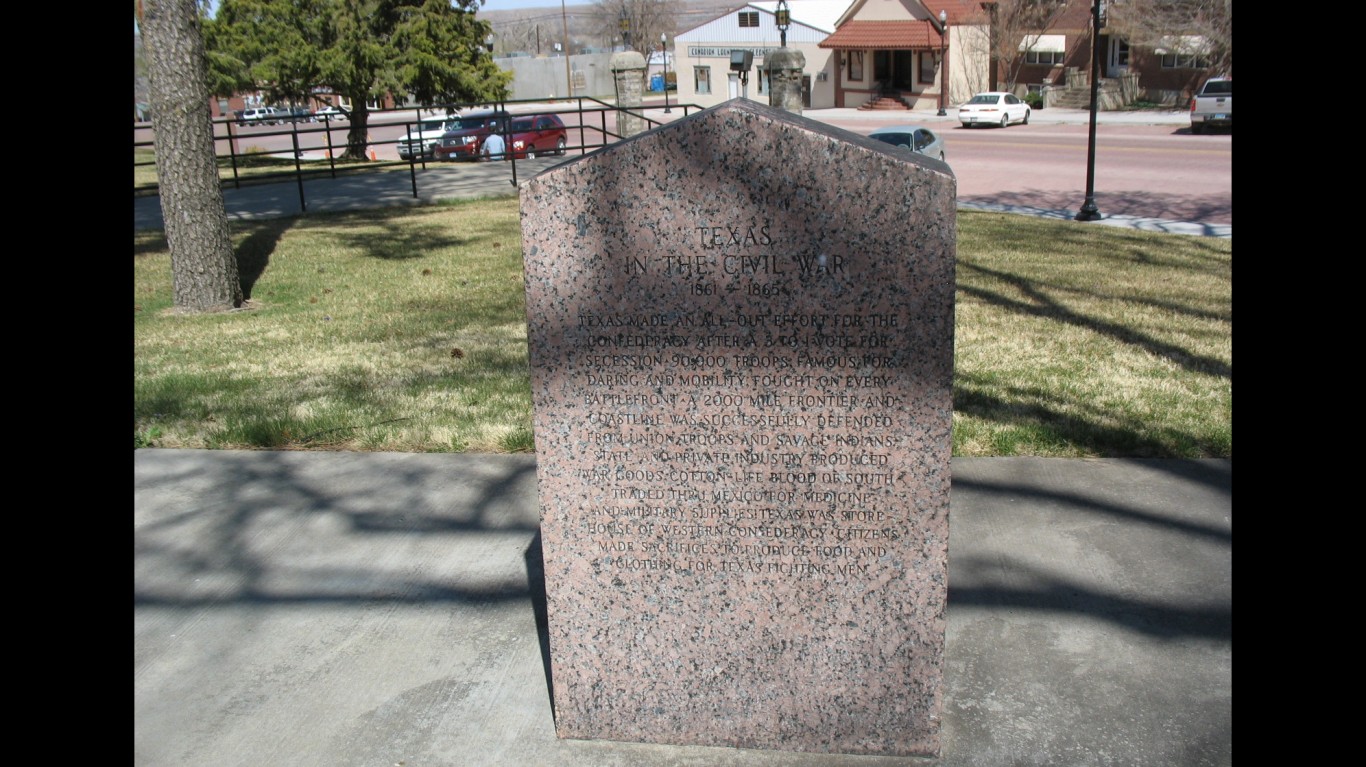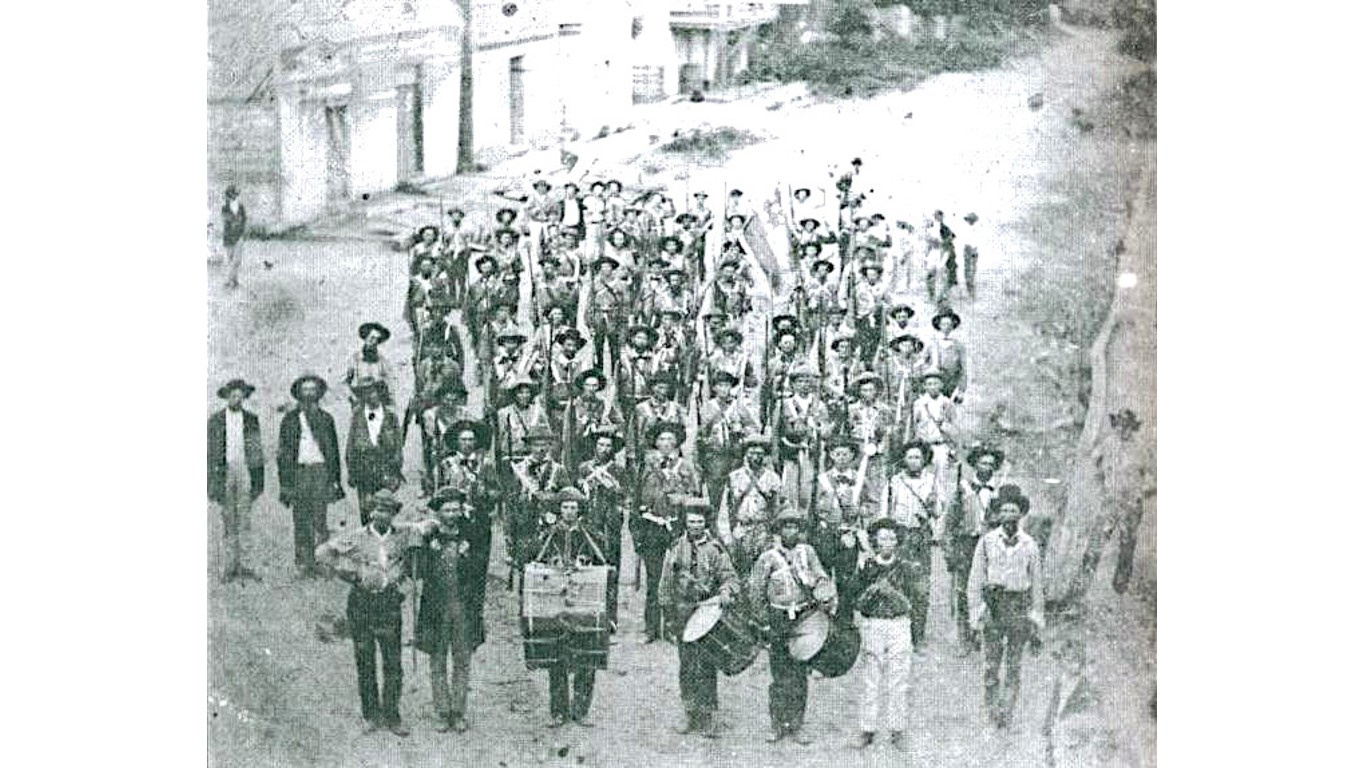
A poll of U.S. adult citizens conducted in August 2022 by the Economist and YouGov found that two out of five respondents said they thought a civil war was at least somewhat likely in this country in the next decade. Other surveys, including one published in October by the Leadership Conference on Civil and Human Rights, showed similar results.
But if the U.S. is headed toward declaring war on itself, again, it would have to be unimaginably bloody to come close to what happened more than 160 years ago. The American Civil War, which lasted from April 1861 to April 1865, cost the lives of approximately 620,000 soldiers, or about 2% of the country’s population at the time. Adjusted for population, this would be equivalent to six million U.S. fighters dying in battle over a four-year period. (These are the wars that killed the most Americans.)
The American Civil War took place as the country was expanding geographically and demographically. People were heading out west in droves, toward states like Missouri and Illinois where many settled while others continued onward to lands Mexico ceded to the United States in 1848.
Between 1860 and 1870, the population of the country grew from 31.2 million to 38.1 million. By 1870, state populations ranged from 4.4 million in New York to just 42,000 in Nevada (up considerably, though, from the mere 7,000 residents it had in 1860, before it became a state). Washington, D.C., had only 132,000 people. California had just over a half million people, while the population of Texas was barely more than 800,000.
To compile a list with the population in the U.S. before and after the Civil War, 24/7 Tempo reviewed the U.S. Census Bureau’s “Bicentennial Edition: Historical Statistics of the United States, Colonial Times to 1970” to find the population of the District of Columbia and all 33 states that were part of the country in 1860, then compared those numbers with similar data from 1870.
Click here to see the population of every state before and after the Civil War
The top four most populated states remained unchanged from 1860 to 1870 and are still among the top 10 today: New York, Pennsylvania, Ohio, and Illinois.
Among the top 10 most populated states in 1860 and 1870, Missouri moved from eighth to fifth place over that decade as its population grew by nearly 46%. Virginia, home to the Confederate capital of Richmond, dropped from seventh to tenth place, with almost no change in population. The populations of three other states – New Hampshire, Maine, and South Carolina – were also virtually unchanged. At the same time, the number of states with more than a million residents increased from 11 to 15 over the ten-year span. (Can you answer these real “Jeopardy!” questions about the U.S. population?)
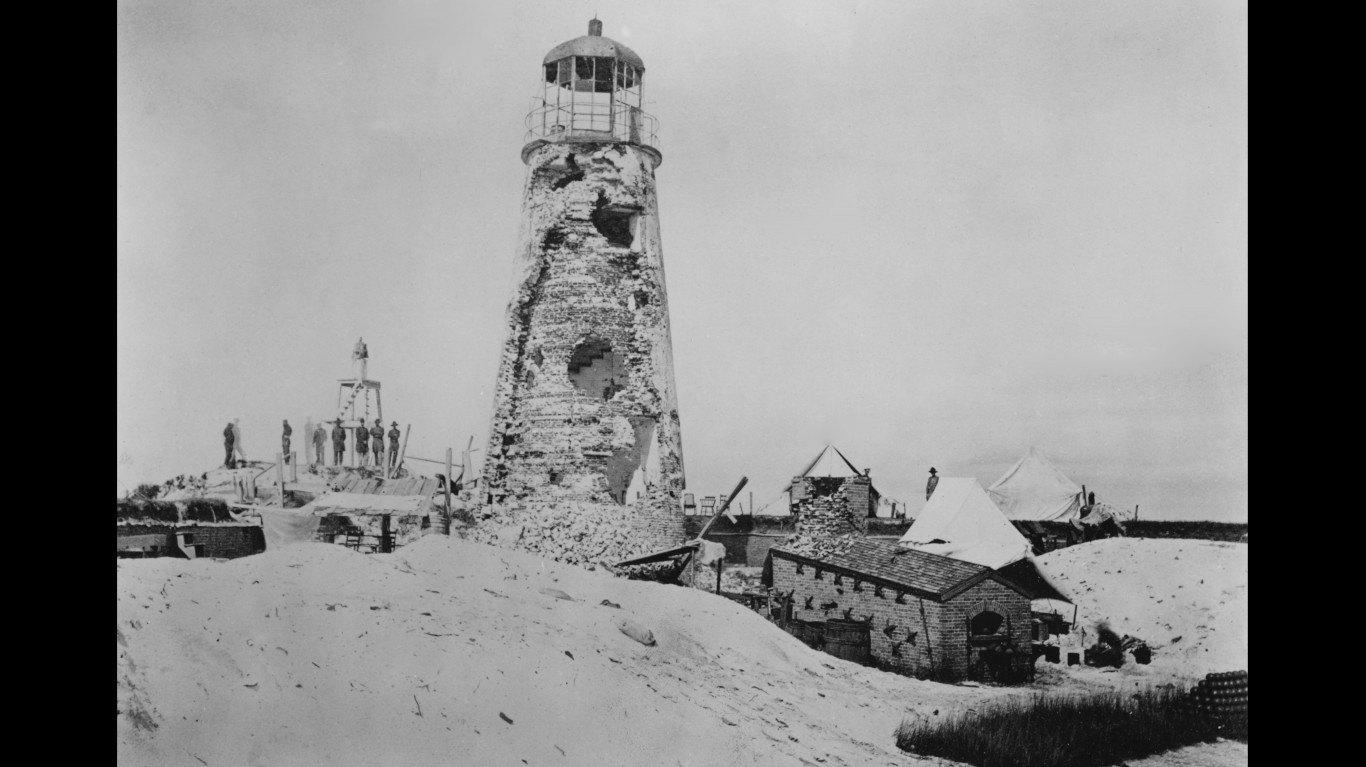
Alabama
> Population in 1860: 964,000 – ranked 13 out of 34
> Population in 1870: 997,000 – ranked 16 out of 34
[in-text-ad]
Arkansas
> Population in 1860: 435,000 – ranked 25 out of 34
> Population in 1870: 484,000 – ranked 26 out of 34

California
> Population in 1860: 330,000 – ranked 26 out of 34
> Population in 1870: 560,000 – ranked 24 out of 34

Connecticut
> Population in 1860: 460,000 – ranked 24 out of 34
> Population in 1870: 537,000 – ranked 25 out of 34
[in-text-ad-2]
Delaware
> Population in 1860: 112,000 – ranked 32 out of 34
> Population in 1870: 125,000 – ranked 33 out of 34
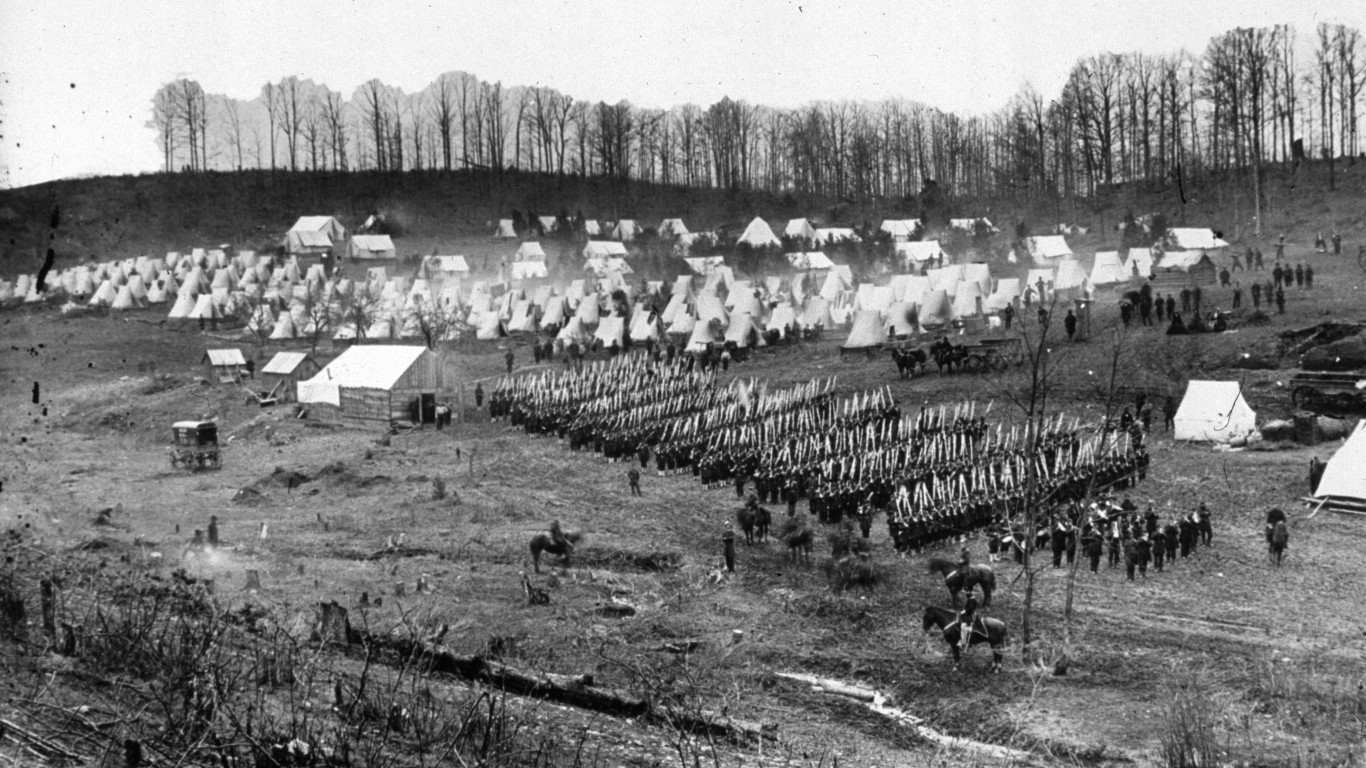
District of Columbia
> Population in 1860: 75,000 – ranked 33 out of 34
> Population in 1870: 132,000 – ranked 32 out of 34
[in-text-ad]
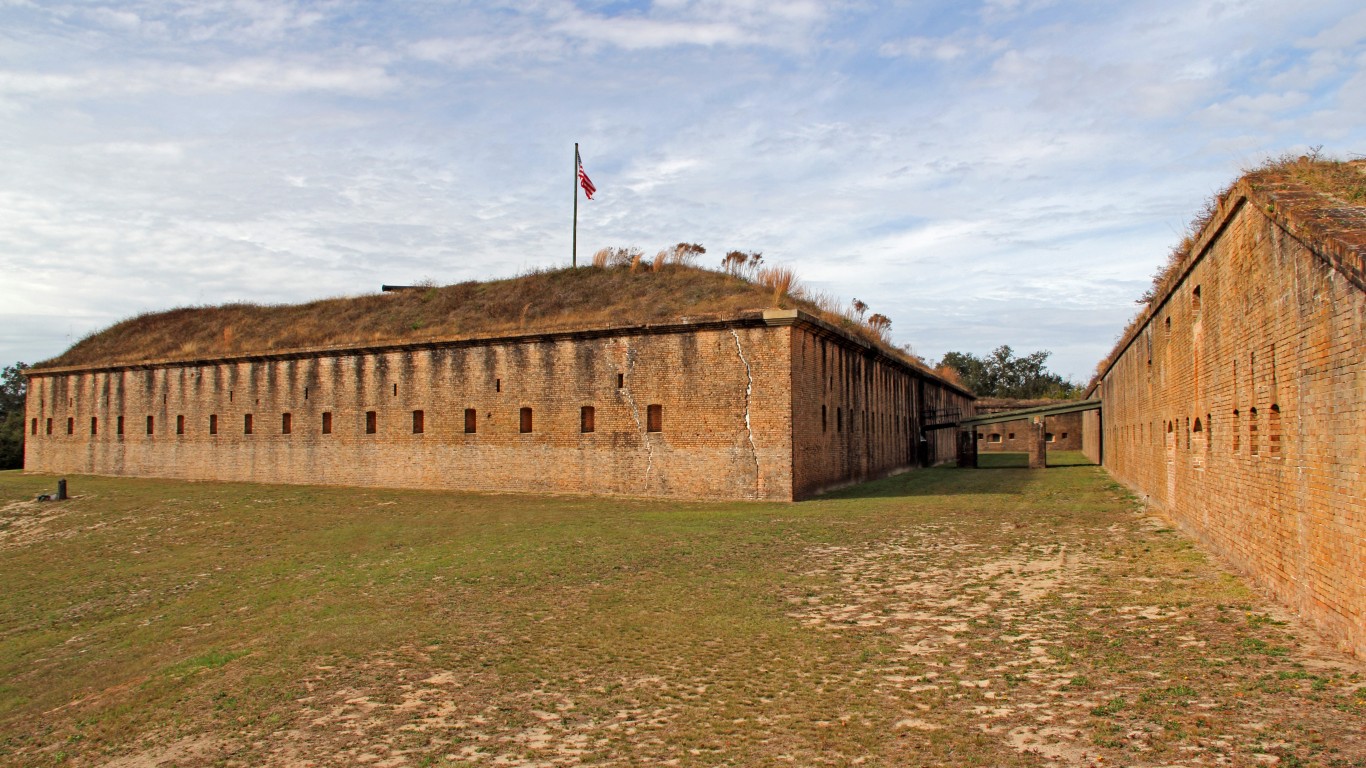
Florida
> Population in 1860: 140,000 – ranked 31 out of 34
> Population in 1870: 188,000 – ranked 31 out of 34
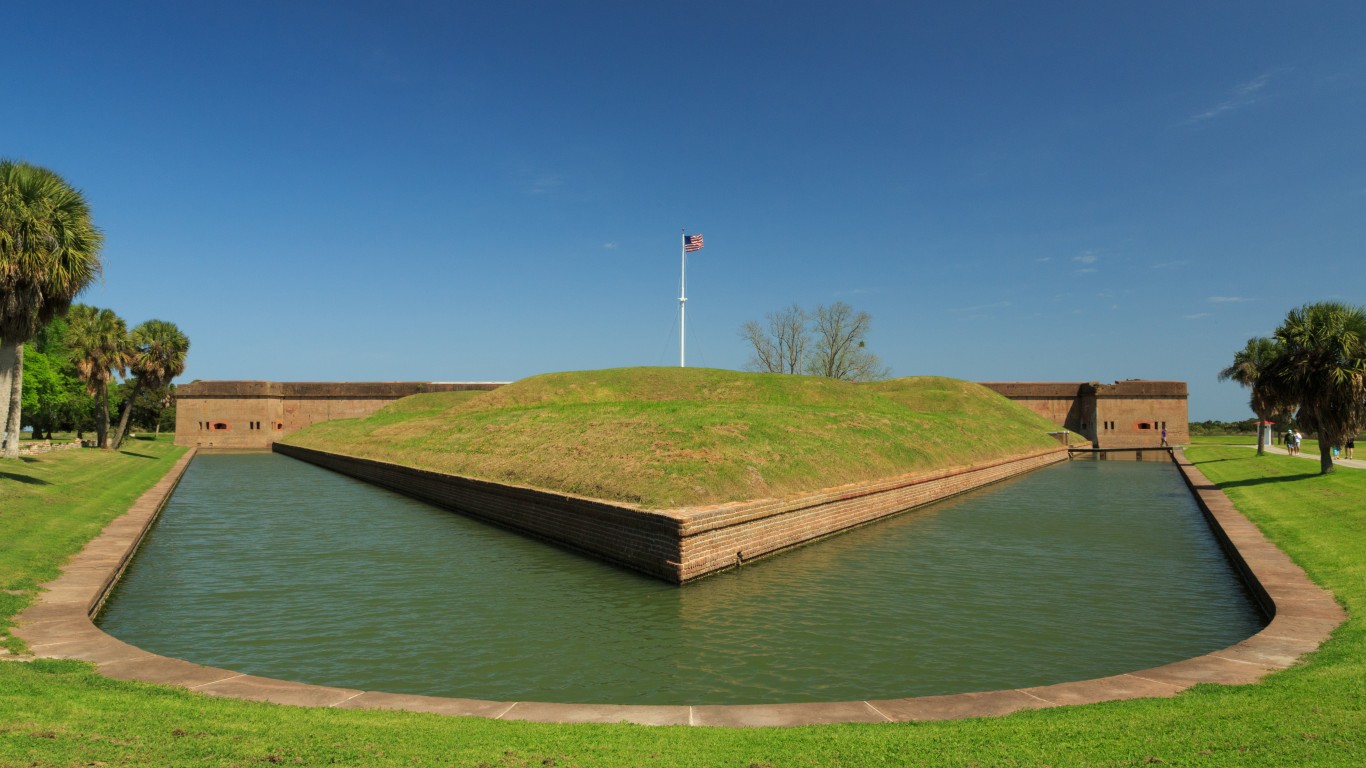
Georgia
> Population in 1860: 1,057,000 – ranked 11 out of 34
> Population in 1870: 1,184,000 – ranked 12 out of 34

Illinois
> Population in 1860: 1,712,000 – ranked 4 out of 34
> Population in 1870: 2,540,000 – ranked 4 out of 34
[in-text-ad-2]

Indiana
> Population in 1860: 1,350,000 – ranked 5 out of 34
> Population in 1870: 1,681,000 – ranked 6 out of 34
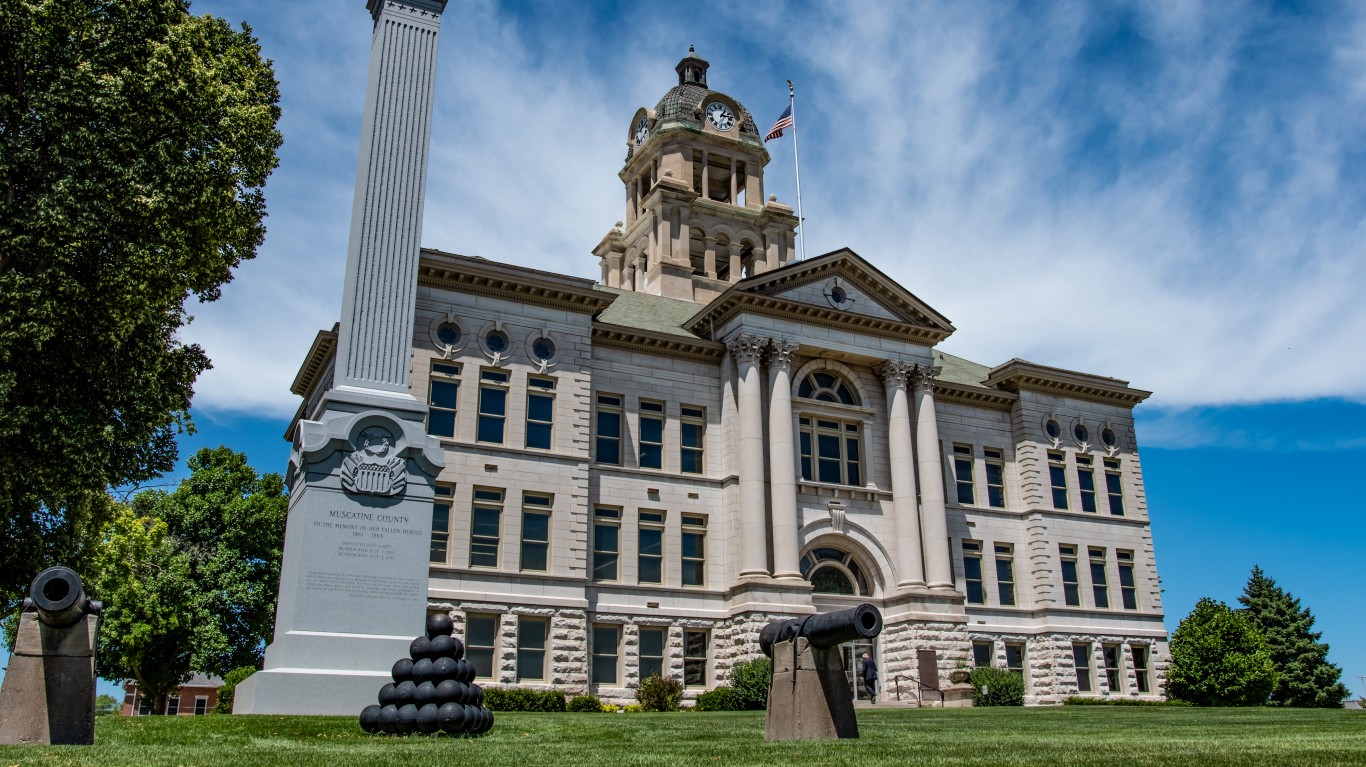
Iowa
> Population in 1860: 675,000 – ranked 20 out of 34
> Population in 1870: 1,194,000 – ranked 11 out of 34
[in-text-ad]

Kentucky
> Population in 1860: 1,156,000 – ranked 9 out of 34
> Population in 1870: 1,321,000 – ranked 8 out of 34
Louisiana
> Population in 1860: 708,000 – ranked 17 out of 34
> Population in 1870: 727,000 – ranked 21 out of 34

Maine
> Population in 1860: 628,000 – ranked 22 out of 34
> Population in 1870: 627,000 – ranked 23 out of 34
[in-text-ad-2]

Maryland
> Population in 1860: 687,000 – ranked 19 out of 34
> Population in 1870: 785,000 – ranked 20 out of 34
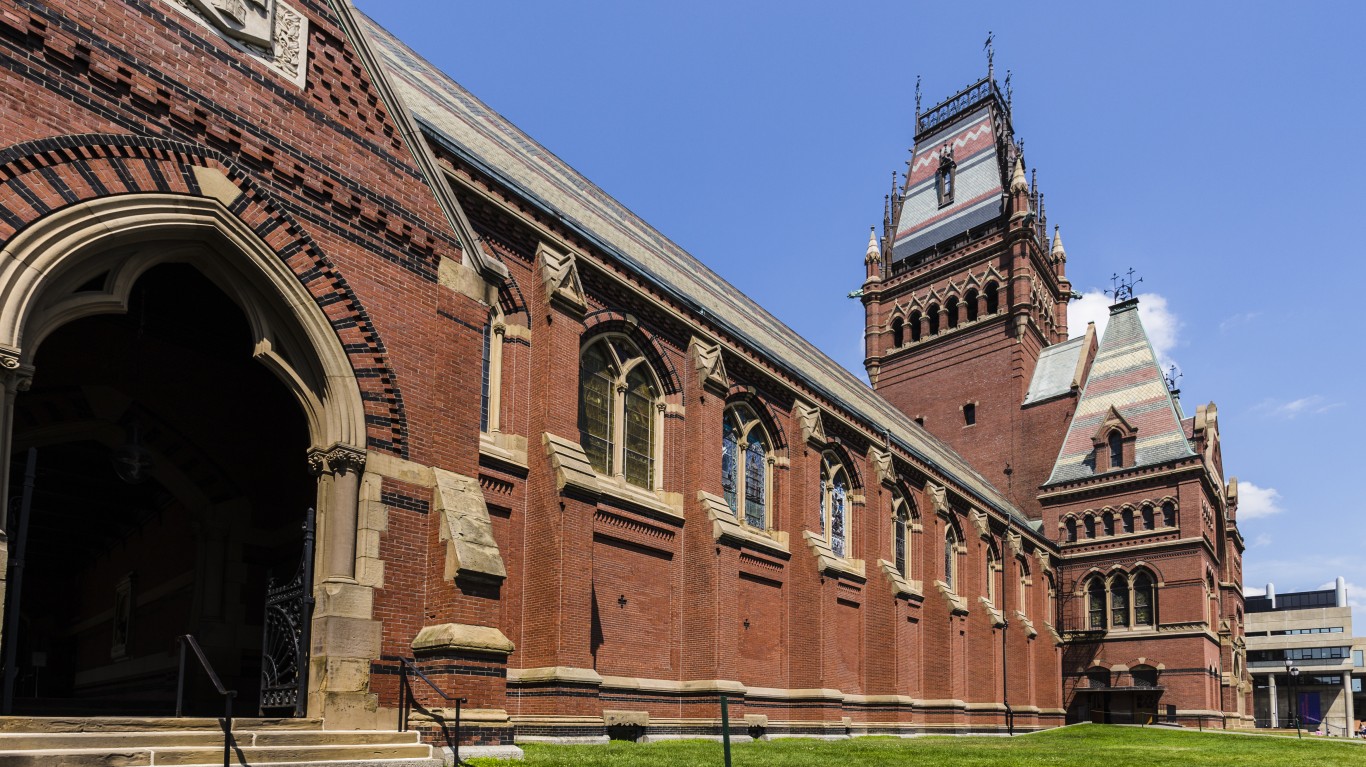
Massachusetts
> Population in 1860: 1,231,000 – ranked 6 out of 34
> Population in 1870: 1,457,000 – ranked 7 out of 34
[in-text-ad]
Michigan
> Population in 1860: 749,000 – ranked 16 out of 34
> Population in 1870: 1,184,000 – ranked 13 out of 34
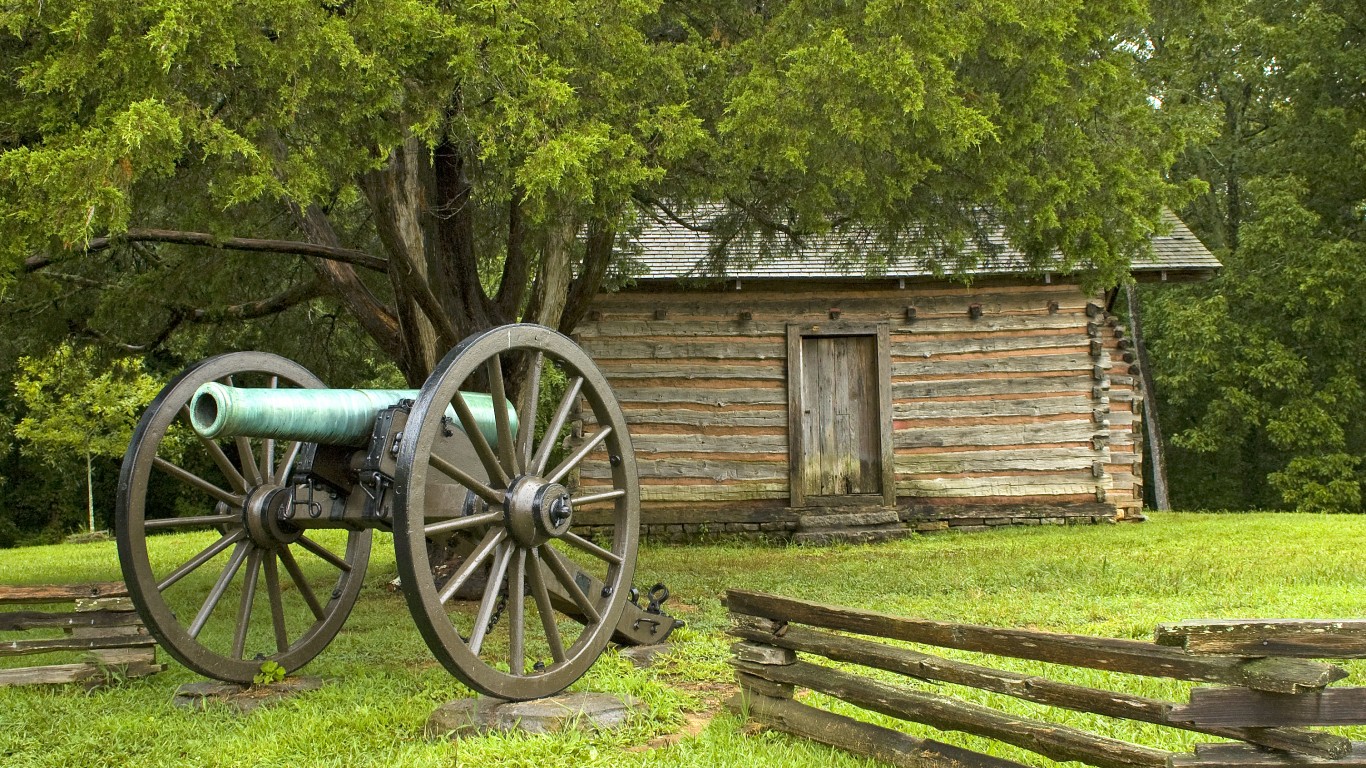
Minnesota
> Population in 1860: 172,000 – ranked 30 out of 34
> Population in 1870: 440,000 – ranked 27 out of 34

Mississippi
> Population in 1860: 791,000 – ranked 14 out of 34
> Population in 1870: 828,000 – ranked 18 out of 34
[in-text-ad-2]
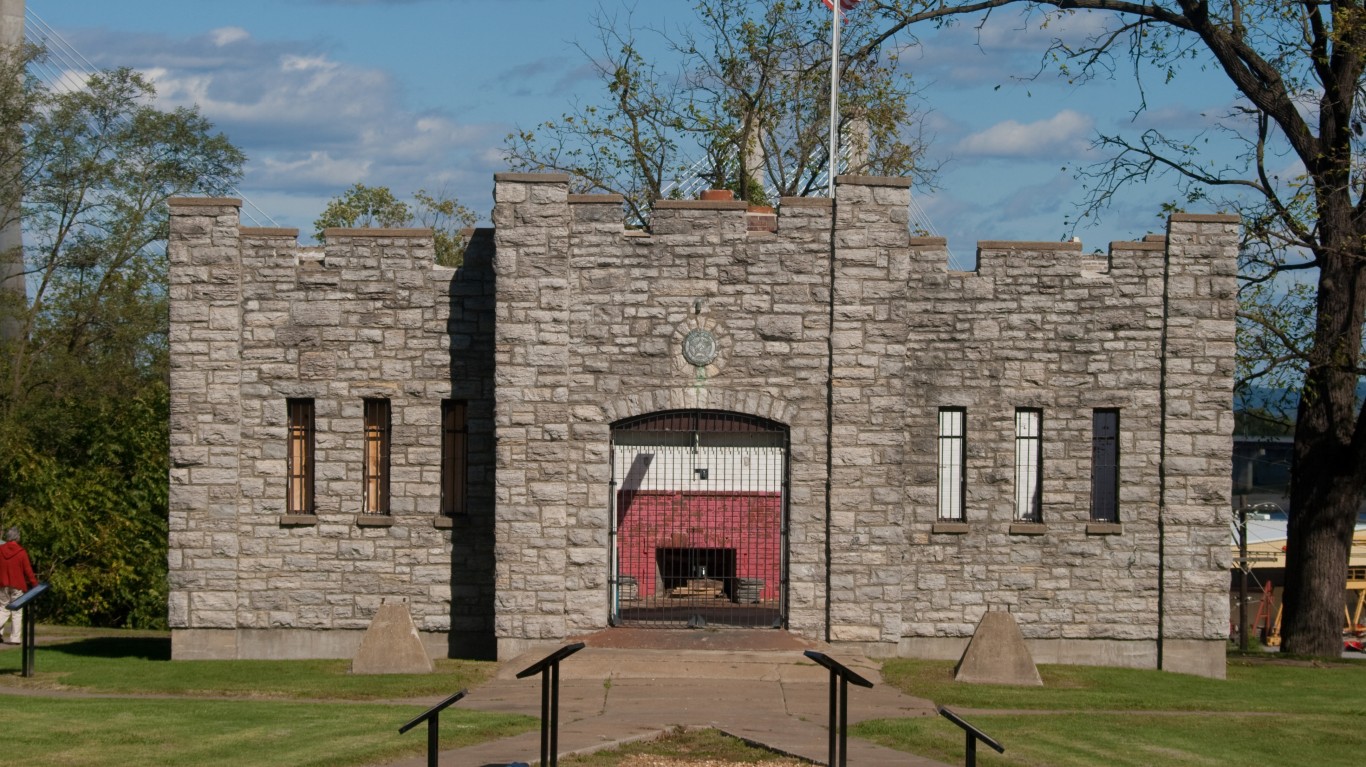
Missouri
> Population in 1860: 1,182,000 – ranked 8 out of 34
> Population in 1870: 1,721,000 – ranked 5 out of 34
New Hampshire
> Population in 1860: 326,000 – ranked 27 out of 34
> Population in 1870: 318,000 – ranked 29 out of 34
[in-text-ad]

New Jersey
> Population in 1860: 672,000 – ranked 21 out of 34
> Population in 1870: 906,000 – ranked 17 out of 34
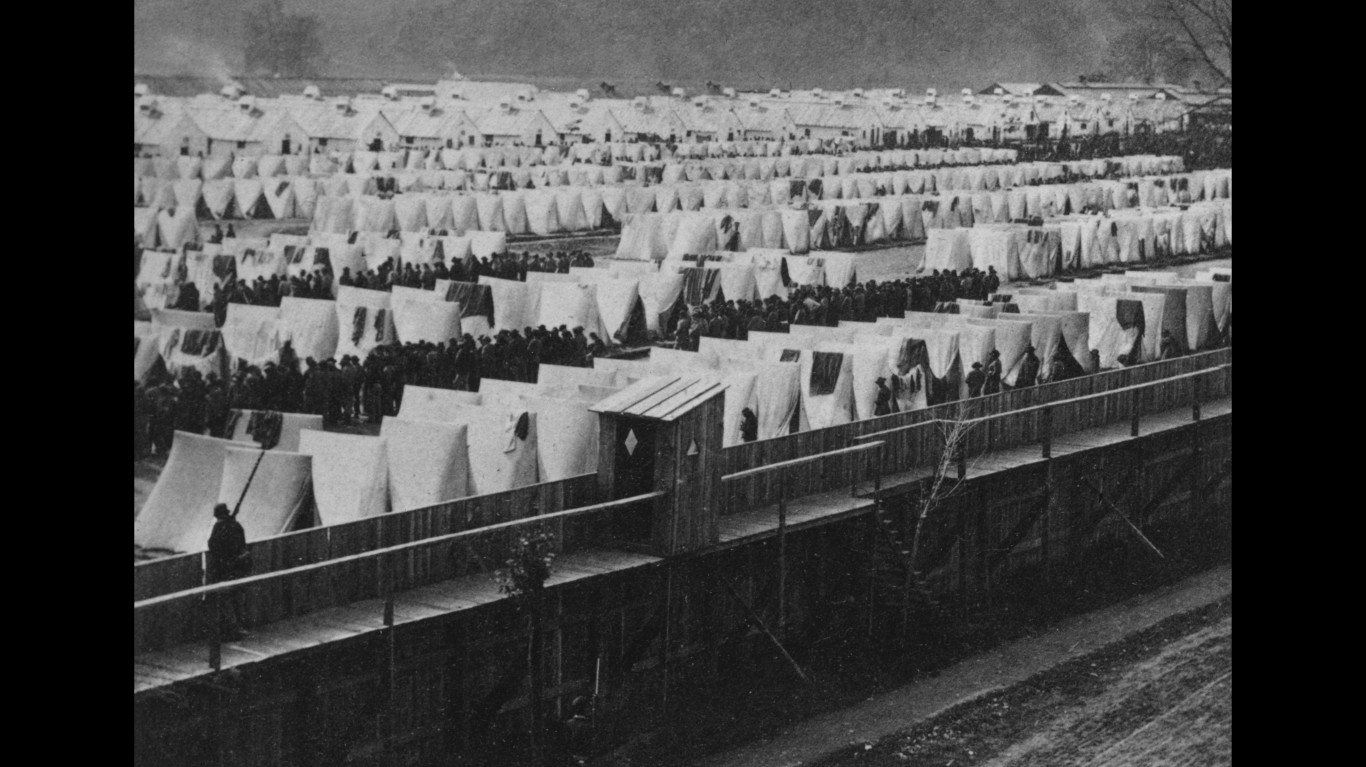
New York
> Population in 1860: 3,881,000 – ranked 1 out of 34
> Population in 1870: 4,383,000 – ranked 1 out of 34

North Carolina
> Population in 1860: 993,000 – ranked 12 out of 34
> Population in 1870: 1,071,000 – ranked 14 out of 34
[in-text-ad-2]
Ohio
> Population in 1860: 2,340,000 – ranked 3 out of 34
> Population in 1870: 2,665,000 – ranked 3 out of 34
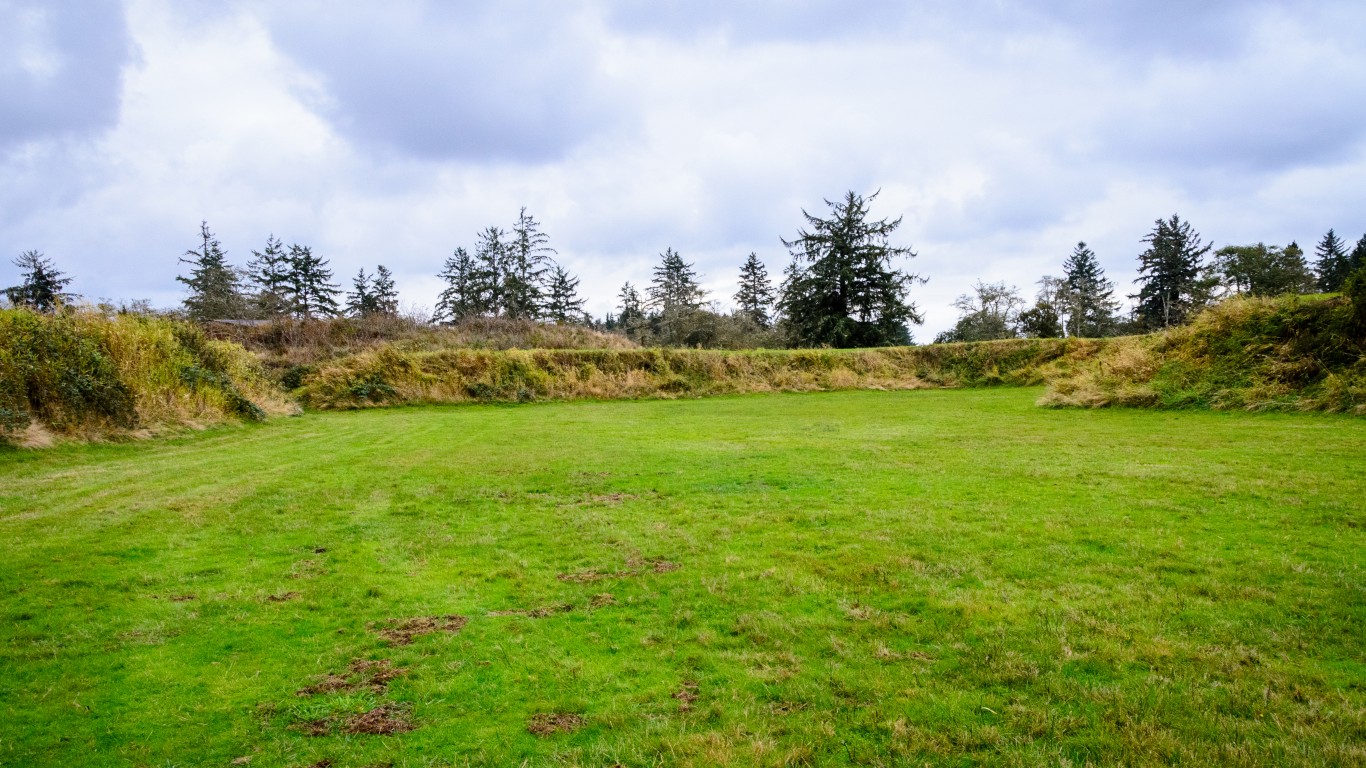
Oregon
> Population in 1860: 52,000 – ranked 34 out of 34
> Population in 1870: 91,000 – ranked 34 out of 34
[in-text-ad]

Pennsylvania
> Population in 1860: 2,906,000 – ranked 2 out of 34
> Population in 1870: 3,522,000 – ranked 2 out of 34
Rhode Island
> Population in 1860: 175,000 – ranked 30 out of 34
> Population in 1870: 217,000 – ranked 32 out of 34

South Carolina
> Population in 1860: 704,000 – ranked 18 out of 34
> Population in 1870: 706,000 – ranked 22 out of 34
[in-text-ad-2]

Tennessee
> Population in 1860: 1,110,000 – ranked 10 out of 34
> Population in 1870: 1,259,000 – ranked 9 out of 34
Texas
> Population in 1860: 604,000 – ranked 23 out of 34
> Population in 1870: 819,000 – ranked 19 out of 34
[in-text-ad]
Vermont
> Population in 1860: 315,000 – ranked 28 out of 34
> Population in 1870: 331,000 – ranked 28 out of 34

Virginia
> Population in 1860: 1,220,000 – ranked 7 out of 34
> Population in 1870: 1,225,000 – ranked 10 out of 34
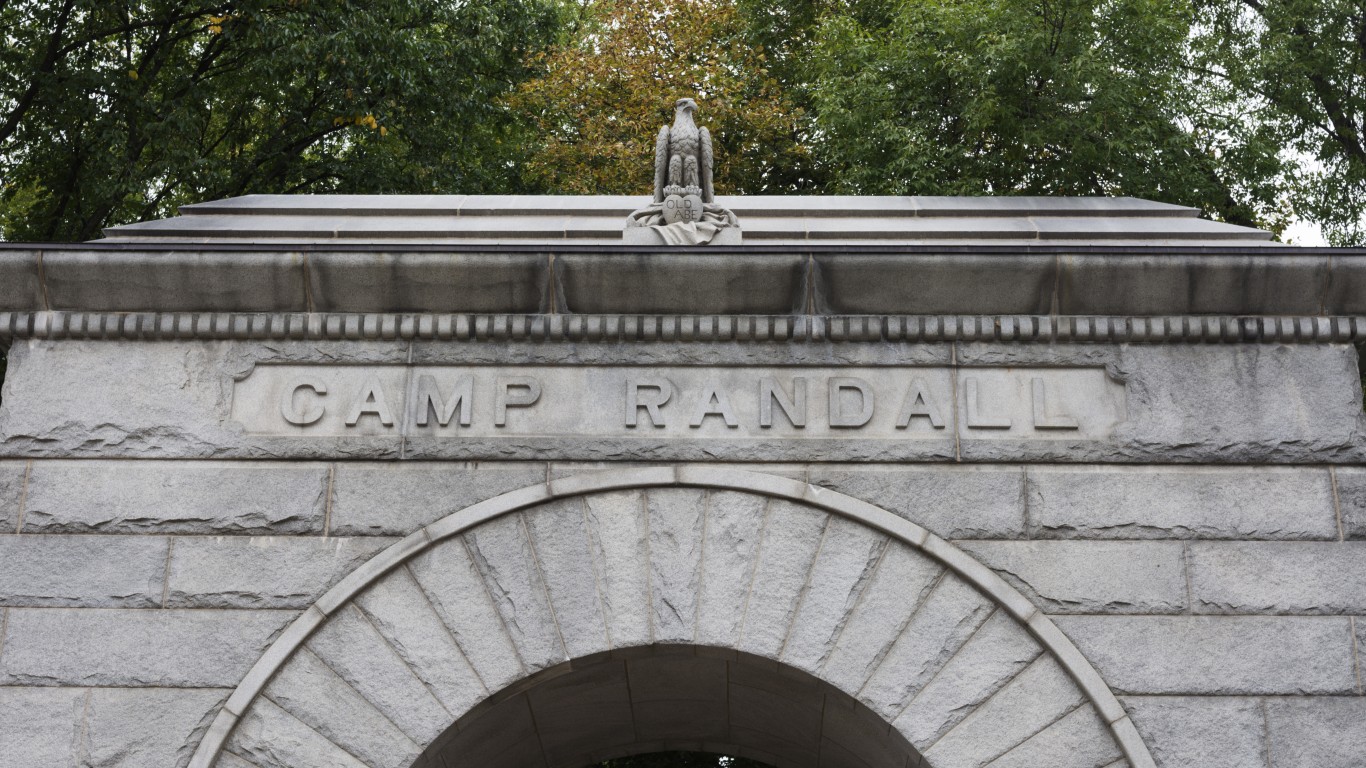
Wisconsin
> Population in 1860: 776,000 – ranked 15 out of 34
> Population in 1870: 1,055,000 – ranked 15 out of 34
Credit card companies are handing out rewards and benefits to win the best customers. A good cash back card can be worth thousands of dollars a year in free money, not to mention other perks like travel, insurance, and access to fancy lounges. See our top picks for the best credit cards today. You won’t want to miss some of these offers.
Flywheel Publishing has partnered with CardRatings for our coverage of credit card products. Flywheel Publishing and CardRatings may receive a commission from card issuers.
Thank you for reading! Have some feedback for us?
Contact the 24/7 Wall St. editorial team.
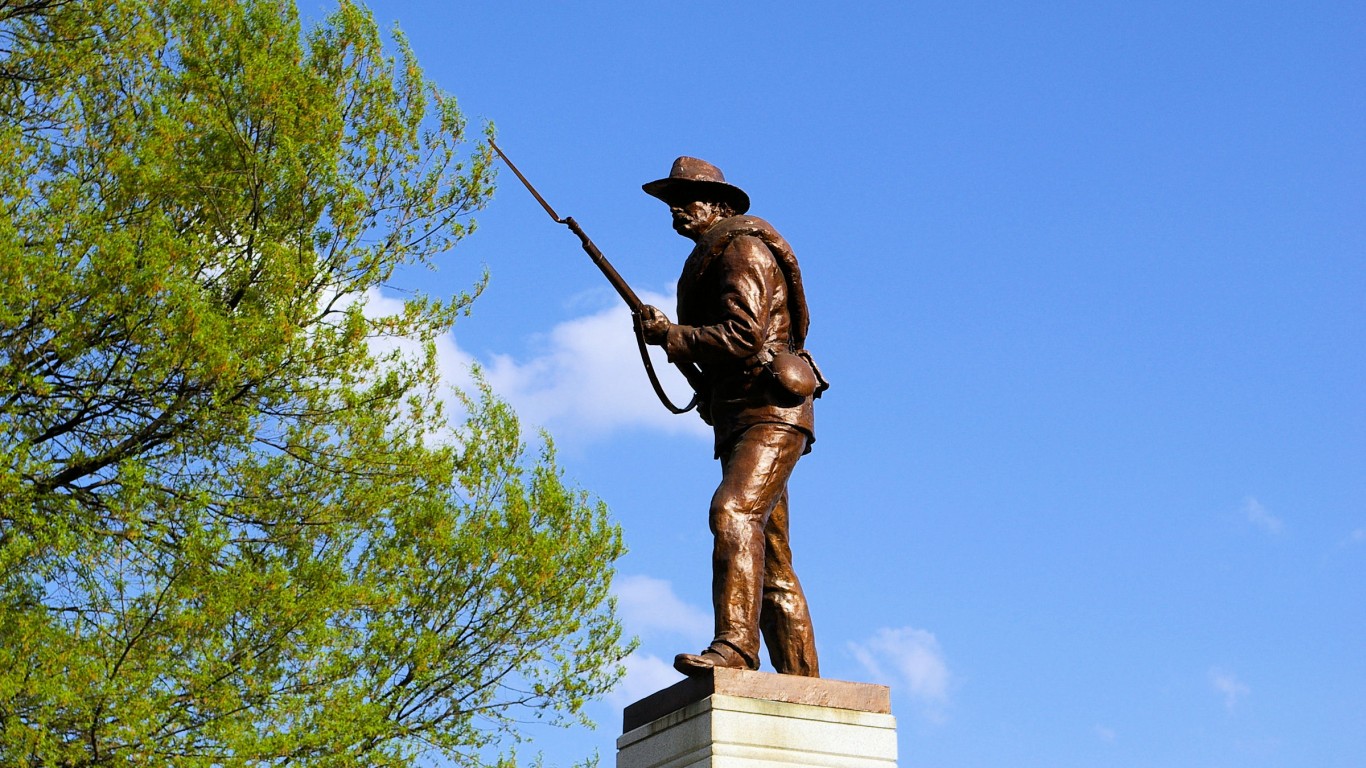
 24/7 Wall St.
24/7 Wall St.


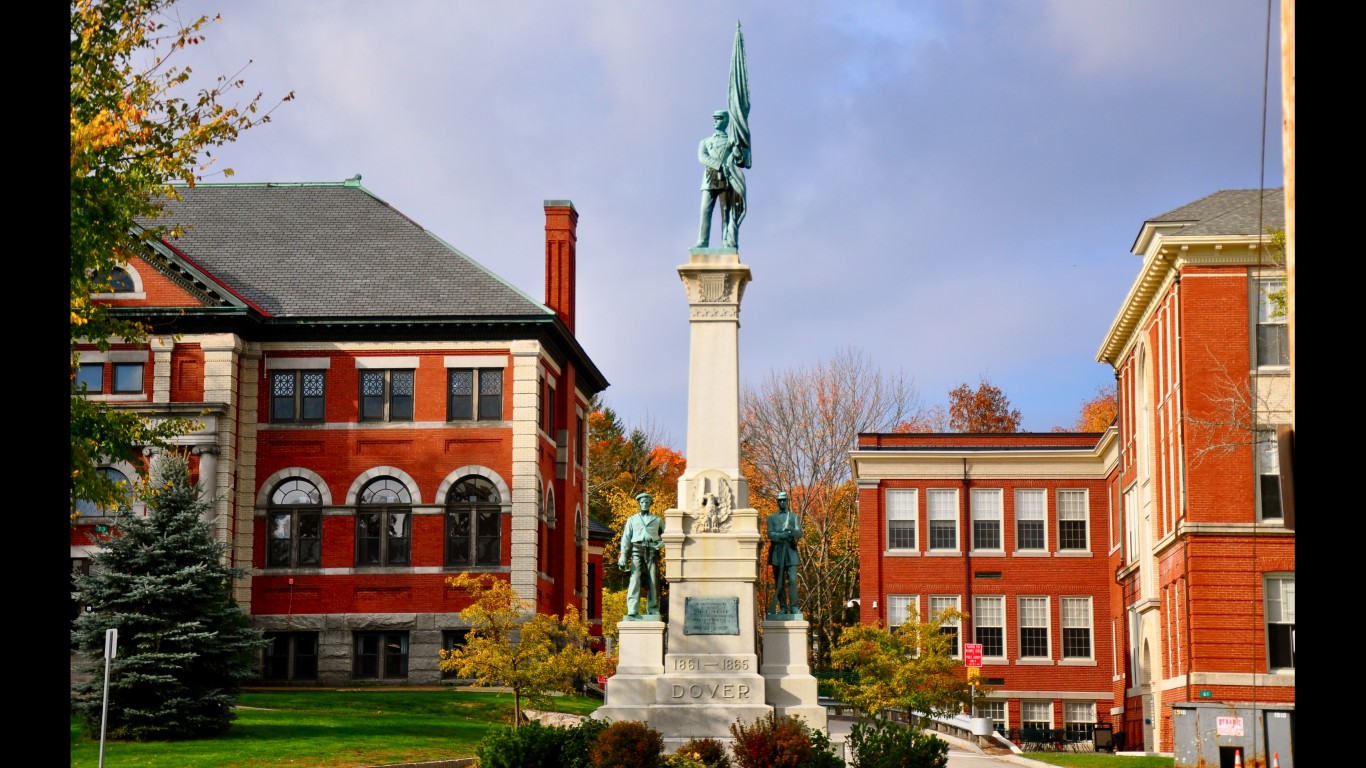
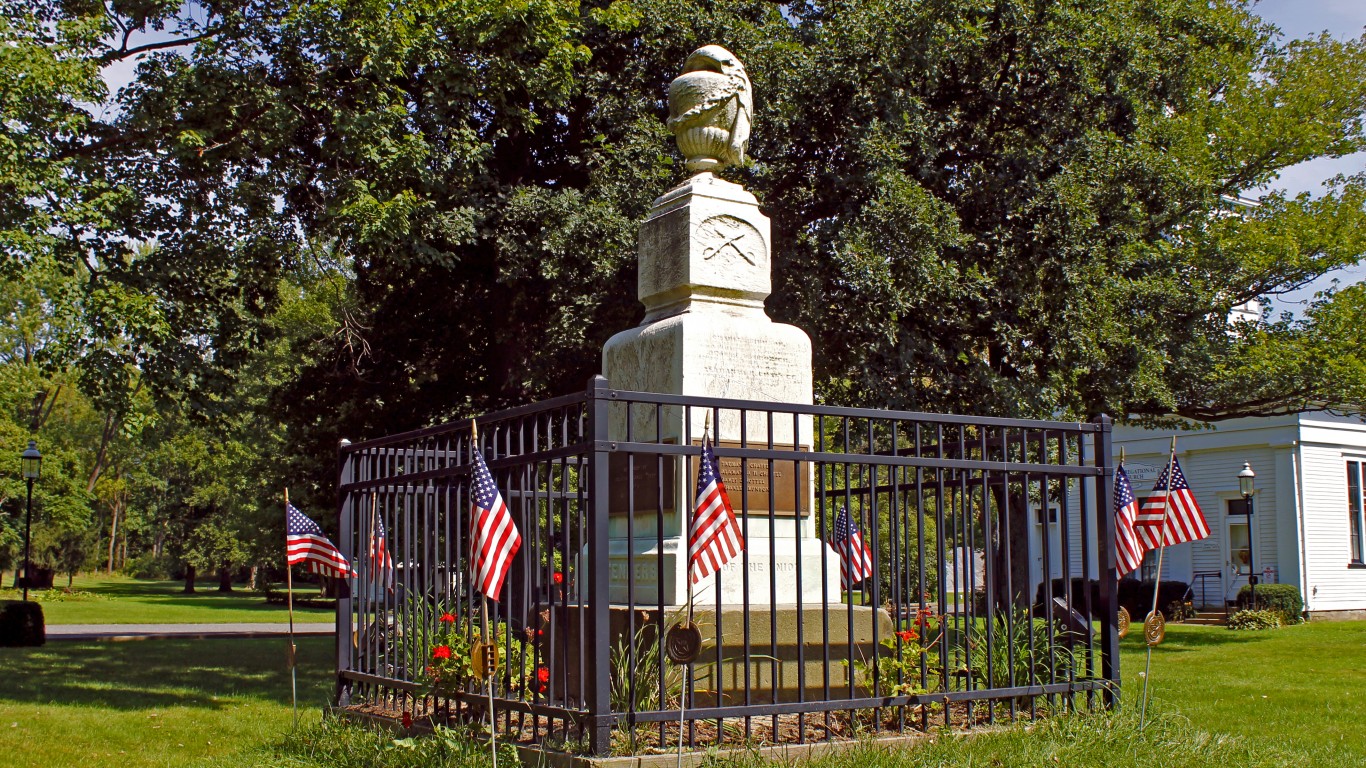
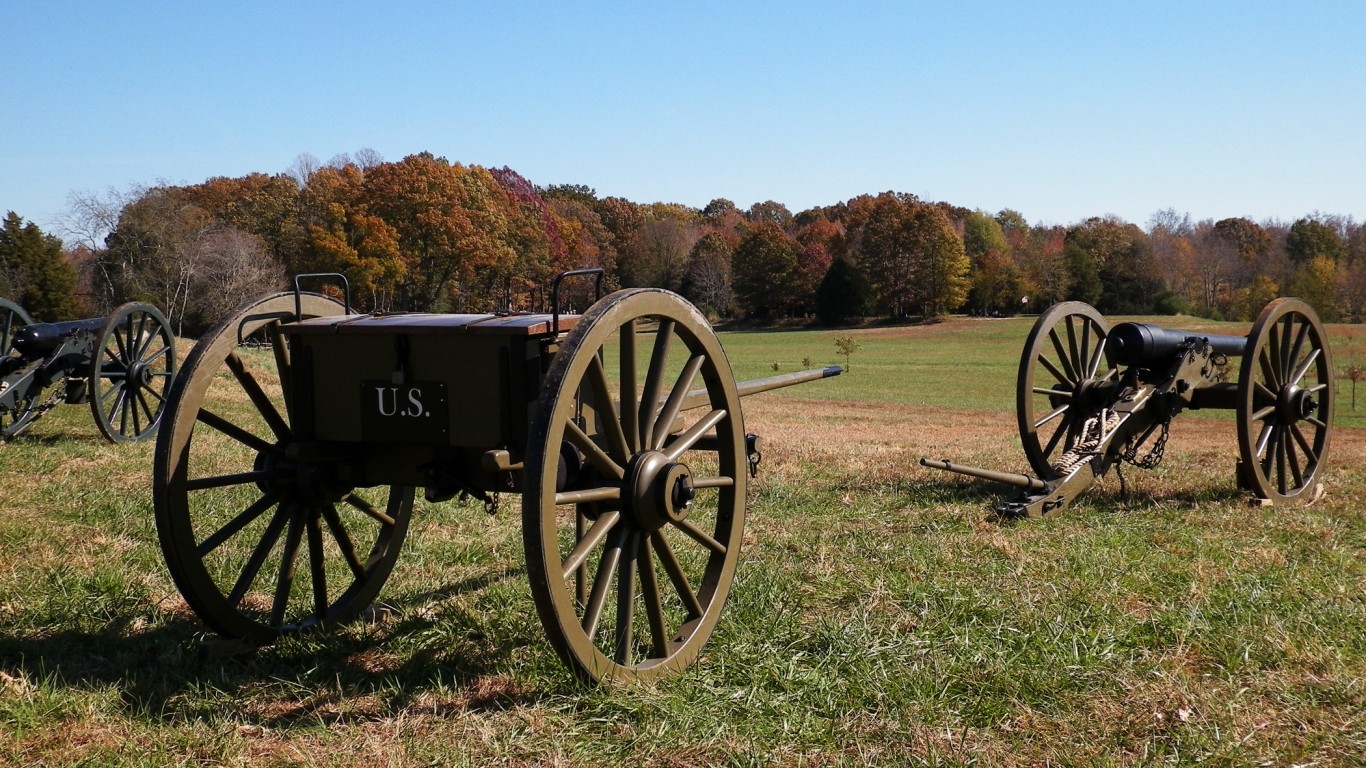 24/7 Wall St.
24/7 Wall St.
